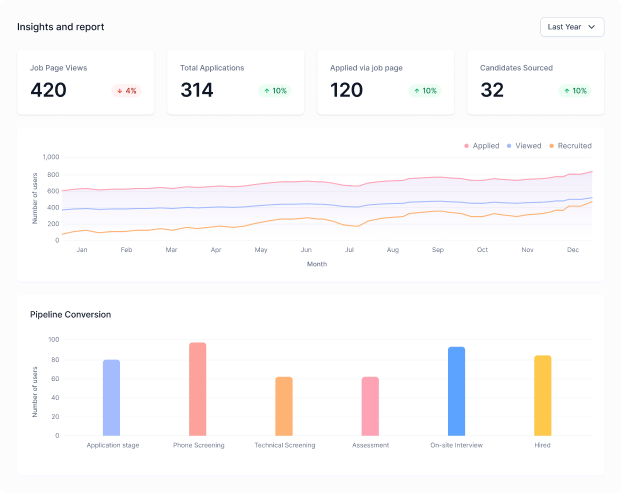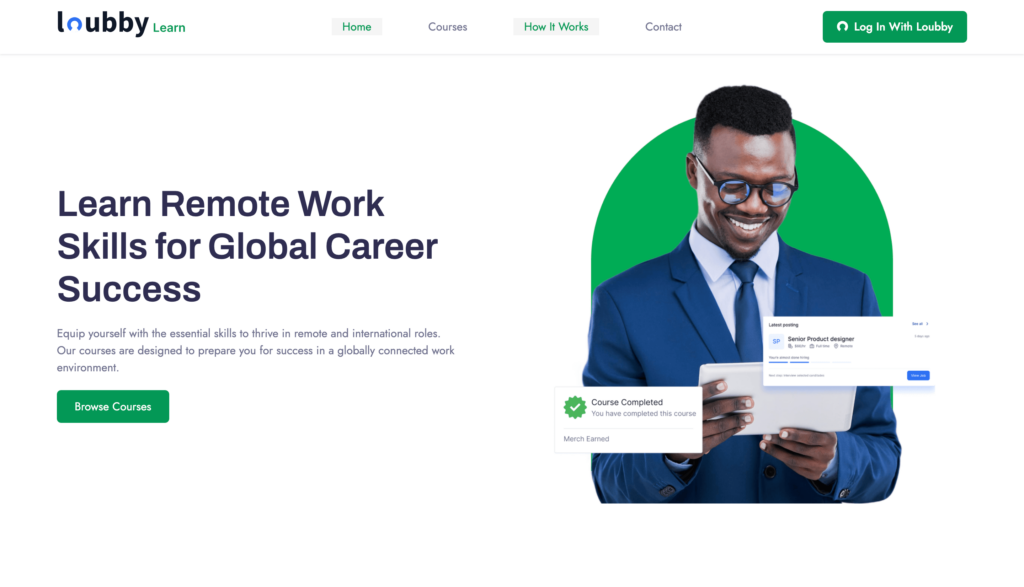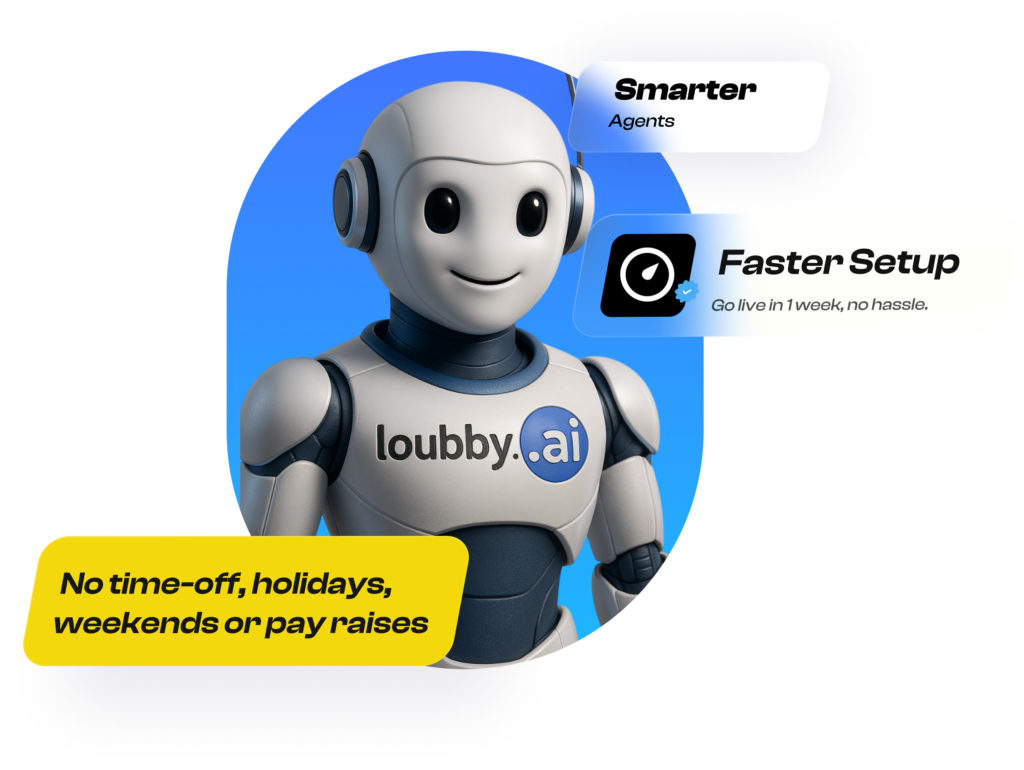Starting a company is exciting, but as you grow from 5 to 50 employees, you’ll quickly discover that spreadsheets and email threads won’t cut it. Building scalable HR systems for startups doesn’t have to be complicated; you just need the right approach from day one.
Here’s what happens when you don’t. You hire your tenth employee. Then you’re twenty. Suddenly, you’re drowning in spreadsheets for time tracking, trying to remember who’s on leave, and spending hours each month just processing payroll. What worked when you were small stops working fast.
This is where most startups hit a stall. They grow, but their HR systems don’t keep up. The good news? Scalable HR systems for startups save time, money, and help you avoid costly mistakes. You just need to know what to put in place now so you’re not scrambling later.
Why Your Startup Needs Scalable HR Systems for Startups Early
Many founders think scalable HR systems for startups are something you add when you hit 50 or 100 employees. But by then, you’ve already wasted countless hours on manual work. You’ve probably made mistakes that cost you money or even good people.
Scalable HR systems save time from day one. When you automate tasks like onboarding, leave requests, and performance tracking, your team spends less time on paperwork and more time building the business. That matters even more in startups where everyone wears multiple hats.
Here’s what happens without proper systems:
- New hires wait days to get access to tools because nobody has a clear onboarding checklist
- Payroll errors create trust issues with your team
- You lose track of who’s working on what, making performance reviews a guessing game
- Compliance gaps put your company at risk, especially if you’re hiring across borders
According to research from Deloitte, companies that invest in building strong and scalable HR infrastructure see significantly faster growth. These organizations spend less time resolving workforce issues and more time driving strategic business initiatives. In fact, firms with advanced digital HR capabilities can be up to 2.5 times more likely to experience accelerated revenue growth. For growing startups in Nigeria and across Africa, developing robust HR systems is essential to unlocking this potential and scaling efficiently.
Step 1: Start with the Basics. Define Your Core HR Processes
Before you pick any tools, you need to know what processes you actually need. Not every startup is the same, but most need these core functions:
- Recruitment and hiring: How do you find candidates, screen them, and make offers?
- Onboarding: What does a new hire’s first week look like?
- Time and attendance: How do you track who’s working and when?
- Leave management: How do employees request time off, and how do you approve it?
- Payroll: How do you pay people accurately and on time?
- Performance management: How do you set goals and give feedback?
Write down your current process for each area, even if it’s messy. You can’t improve what you don’t understand. If you’re still using email threads and shared Google Sheets, that’s fine. Just document it so you know what needs to change.
Step 2: Choose Scalable HR Systems for Startups That Grow with You
Once you know your processes, it’s time to find tools that can handle them. The keyword here is “scalable.” You want HR software that works when you’re 10 people and still makes sense when you’re 100.
Look for platforms that offer:
- Automation: Manual data entry takes too long and causes errors. Find tools that handle repetitive tasks automatically.
- Integration: Your HR system should connect with other tools you use, like accounting software or project management apps.
- Flexibility: You need something that works whether you’re hiring locally or building a distributed team across multiple countries.
- Ease of use: If your team can’t figure it out without a training session, it’s not the right fit.
Consider platforms that combine recruitment, onboarding, payroll, and workforce management in one place. This means you’re not juggling five different tools and trying to sync data between them. Popular options include BambooHR, Rippling, Workday, and Loubby AI each designed to scale with growing teams.
Step 3: Automate Onboarding to Save Time and Improve Retention
Your onboarding process is the first real experience a new hire has with your company. If it’s chaotic, they start doubting their decision to join. If it’s smooth, they feel confident and ready to contribute.
A good onboarding system should:
- Send welcome emails automatically with instructions and access links
- Walk new hires through paperwork digitally so nothing gets lost
- Assign a buddy or mentor to help them settle in
- Set up check-ins at 30, 60, and 90 days to track progress
When you use onboarding automation, nothing falls through the cracks. New employees get what they need when they need it. You don’t have to manually send reminders or chase down forms.
Research from the Brandon Hall Group shows that companies with strong onboarding programs improve retention by 82%. That’s huge when you think about the cost of replacing someone who leaves within their first few months.
Step 4: Centralize Time Tracking and Leave Management
Keeping track of who’s working and who’s off gets harder as your team grows. If you’re still using email or Slack to handle leave requests, you’re going to lose track of something important.
A centralized system lets employees log their hours, request time off, and see their leave balance in one place. Managers can approve requests quickly without digging through messages or spreadsheets.
Time tracking also helps you understand how your team is spending their hours. Are people overloaded? Is a project taking longer than expected? You can’t answer these questions without data, and you can’t get data without a proper tracking system.
Step 5: Simplify Payroll and Stay Compliant
Payroll might be the most stressful part of running a startup. One mistake, and you risk upsetting your team or running into legal trouble. If you’re hiring across borders, the complexity multiplies fast.
Scalable HR systems include payroll features that handle calculations, deductions, and compliance automatically. This matters especially if you’re working with remote teams in different countries. Each region has its own tax laws and labor regulations. Keeping up with all of it manually? Nearly impossible.
Automation cuts down on errors and makes sure everyone gets paid on time, every time. It also generates pay stubs and tax documents automatically, which saves you from scrambling during tax season.
“Look for platforms that manage payroll across multiple African countries, handling local compliance so you don’t have to worry about missing a regulation or filing deadline. Loubby AI’s payroll system automatically calculates local, state, and federal payroll taxes using real-time updates, ensuring every payroll run aligns with the latest regulations and handles all statutory deductions.”
Step 6: Track Performance Without the Hassle
Performance management doesn’t have to mean annual reviews filled with awkward conversations. In fact, those long, formal reviews often don’t help anyone. Instead, build a system that encourages regular feedback and goal tracking.
A scalable performance management system should:
- Let employees set goals and track progress throughout the year
- Make it easy for managers to give real-time feedback
- Store notes and reviews in one place so nothing gets lost
- Connect performance data with promotions or compensation decisions
When you track performance consistently, you catch problems early and celebrate wins as they happen. Your team knows where they stand. You’re not scrambling to remember what someone did six months ago when review time comes around.
Research shows that continuous performance management significantly improves employee outcomes. Companies like Adobe that replaced annual reviews with real-time feedback reported a 30% increase in employee engagement, while Gallup research found organizations with regular feedback see 14.9% lower turnover rates
Step 7: Plan for Scalable HR Systems for Startups from Day One
The biggest mistake startups make is thinking they’ll build scalable HR systems for startups later. By the time “later” arrives, you’re dealing with a mess that takes months to untangle.
Think about where you want to be in 12 or 24 months. If you’re planning to double your team, your systems need to handle that without breaking. This means:
- Picking tools that can scale without requiring you to switch platforms
- Building processes that work whether you have 20 or 200 employees
- Training your team to use systems properly so they don’t revert to old habits
Building HR processes that scale isn’t about predicting the future perfectly. It’s about setting up systems that can adapt as you grow.
Step 8: Get Your Team on Board
Even the best HR software won’t help if your team doesn’t use it. Rolling out new systems takes clear communication and training.
Start by explaining why you’re making the change. People resist when they don’t understand the reason behind a decision. Show them how the new system makes their lives easier, whether it’s by cutting down on paperwork or giving them better visibility into their leave balance.
Offer training sessions and create simple guides that walk through common tasks. Make someone on your team the go-to person for questions so employees aren’t left guessing.
Change takes time, so be patient. It’s normal for people to slip back into old habits at first. Keep reminding them of the benefits and celebrate small wins along the way.
Common Mistakes to Avoid When Building Scalable HR Systems for Startups
Even with the best intentions, startups make mistakes when setting up HR systems. Here are the most common ones to watch out for:
- Overcomplicating things: You don’t need a system with every feature under the sun. Start with what you need now and add more later.
- Ignoring employee feedback: Your team will use these tools every day. Ask for their input before making decisions.
- Skipping integrations: If your HR software doesn’t connect with your payroll or accounting tools, you’re creating more work for yourself.
- Waiting too long: The longer you wait to set up proper systems, the harder it gets. Start small, but start now.
Conclusion
Building scalable HR systems for startups isn’t just about avoiding problems. It’s about creating an environment where your team can do their best work. When your processes are clear and your tools are reliable, people spend less time on admin and more time on what matters.
Start with the basics. Define your processes, pick scalable HR systems for startups that grow with you, and automate what you can. Don’t wait until you’re overwhelmed to make changes. Investing in the right HR infrastructure now will save you countless hours down the road. visit the Loubby AI blog or contact us with any questions.







